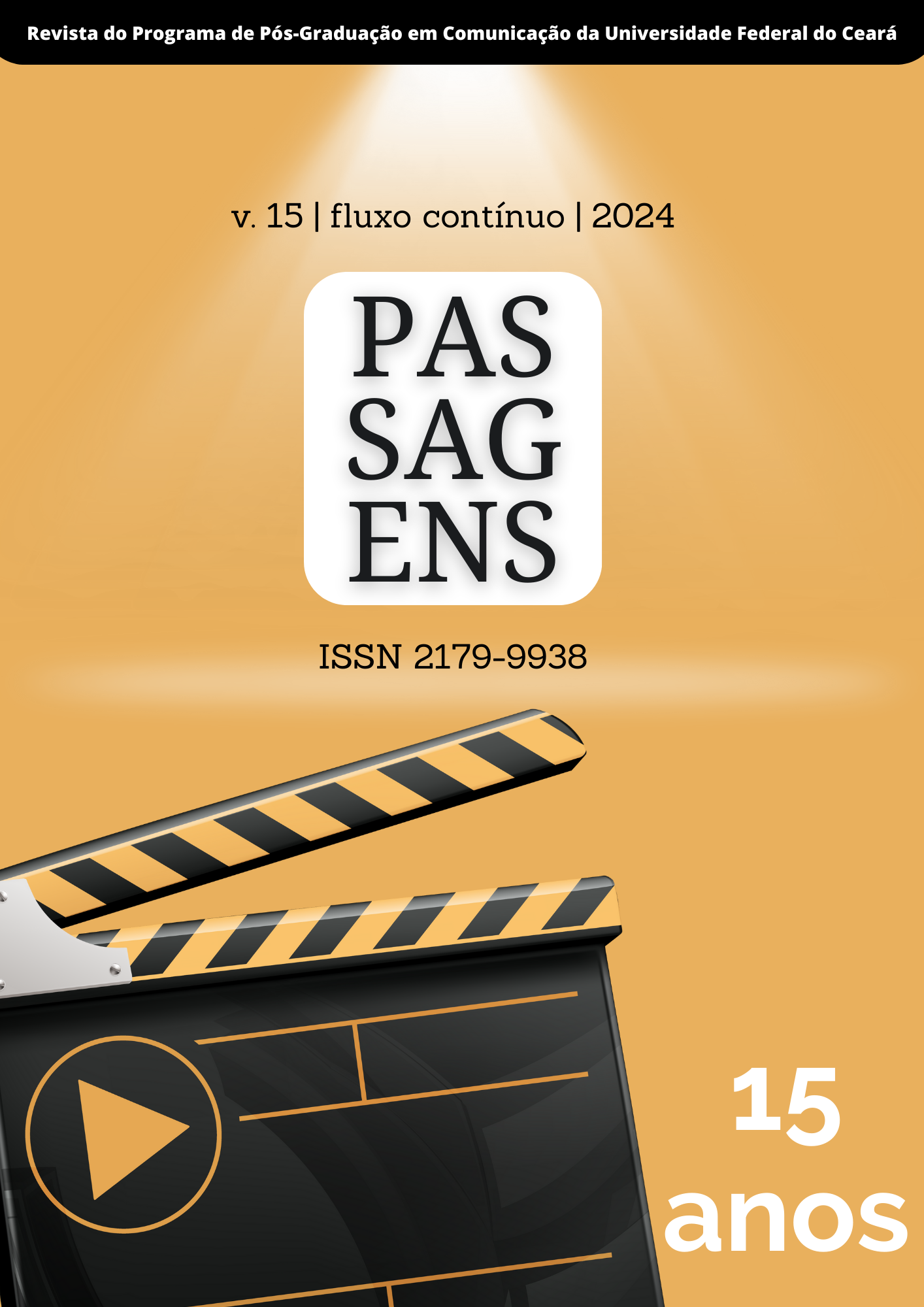WHAT WAS I MADE FOR?:
GENDER RELATIONS, REPRODUCTIVE RIGHTS AND PRIVATE PROPERTY, BASED ON A SEMIOTIC ANALYSIS OF BARBIE (2023), BY GRETA GERWIG
Abstract
The Following research has as main goal analysis images, signs and symbols used to construct the feminine subjectivity under the optic of the capitalist realism, subverting expectations of conservadorism in Barbie (2023), by Greta Gerwig, the main character journey, “Stereotypical Barbie. The methodology used Greimas French Semiotics, based on Barros (2005), promoting the image analysis of scenes related to the feature film since the marxist feminist perspective to argue about a capitalism criticize. The theoretical foundation follows feminism studies of Davis (2016), Hooks (2000), Federici (2017) e Kehl (2008); the identity researches of Woodward (2014); and the assays of Woolf (2014) about the feminine matter. As results it can be obtained that the movie builts a ambiguous femininity idea, where she (Stereotypical Barbie) still beautiful and perfect for whom is watching, a being that embodies what really is the perks of a unmatchable esthetical standard, but yet she knows her own flaws, acknowledging she’s not perfect, just another being that is oppressed by the structural misogyny that have been discovered by Ken. As final considerations, it can be understood that Barbie (2023) establishes an image rebirth of the already acknowledge as a reactionist symbol of the Barbie Doll by the cozy criticize inside the status quo for reestablish the relevance and influence of the most famous doll in the popular consciousness after being in association with a ideological reactionist-liberalist wave, mainly after the esthetical values
Downloads
Published
How to Cite
Issue
Section
License
Copyright (c) 2024 Passagens: Revista do Programa de Pós-Graduação em Comunicação da Universidade Federal do Ceará

This work is licensed under a Creative Commons Attribution 4.0 International License.
A aceitação do trabalho para a publicação implica a transferência de direitos do autor para a revista, sendo assegurada a ampla disseminação da informação.

